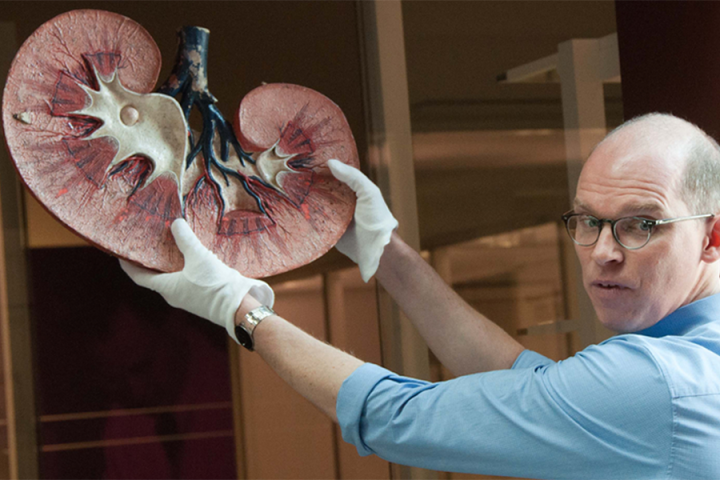
Over 3,500 students from more than 90 countries have enrolled in Coursera’s Clinical Kidney Transplantation course since it began in January. Of these, 200 completed the course on time and about 175 paid a 43 Euro fee (about $50 U.S.) for a digital certificate of completion. The Mountain View, California for-profit company is one of the original and currently the largest online college offering MOOCs, or massively open online courses. Drawing instructors from colleges and universities around the world, Coursera currently has thirteen million registered students and 1,500 available courses.
I’ve taken two Coursera MOOCs — one on nutrition and the other in philosophy — in each case along with 10,000+ other students. You’re taking a course with thousands of others from all over the world, many of whom flock to the 100s of related discussion groups. I’ve found the level of instruction to be impressive, typically coming from ranking professors from top schools.
The kidney transplant course consists of online videos, interactive sessions, outside assignments, and quizzes. The video lessons include interviews with doctors and a kidney donor, anatomy lessons, and what are described as “realistic videos detailing the surgical process on a computer-generated patient.” There is no prerequisite to take the course, nor a background check, but knowledge of introductory biology and human physiology is recommended.
The five-week course will actually be used in the Leiden medical curriculum this year in the spring and fall semesters. The university has also just released their second medical MOOC, “Anatomy of the Abdomen and Pelvis, a journey from basis to clinic.”
The rapid spread of MOOCs is a heartening testament to students who want to learn, even if not for credit. They are also a way for top researchers and instructors to reach far beyond their usual classrooms and lecture halls. The colleges that participate get the chance to collaborate with other schools as well as display their chops to the academic world.
On a side note, it will also be interesting to see if the urban myth gets new legs.



